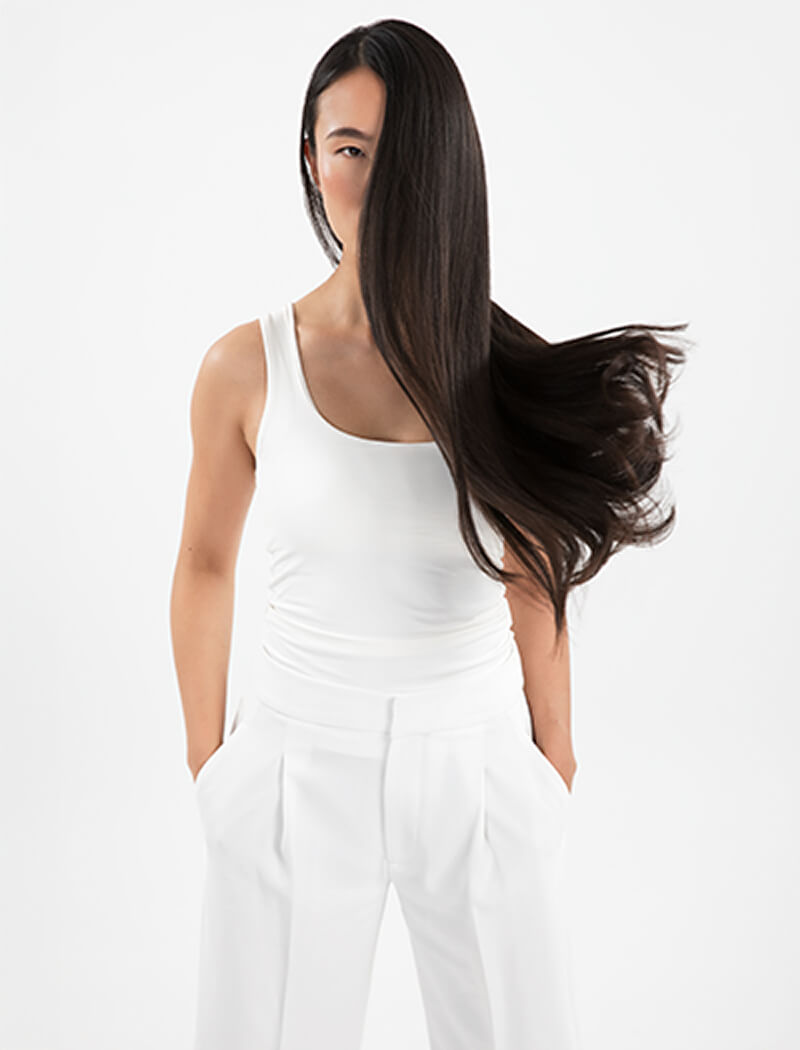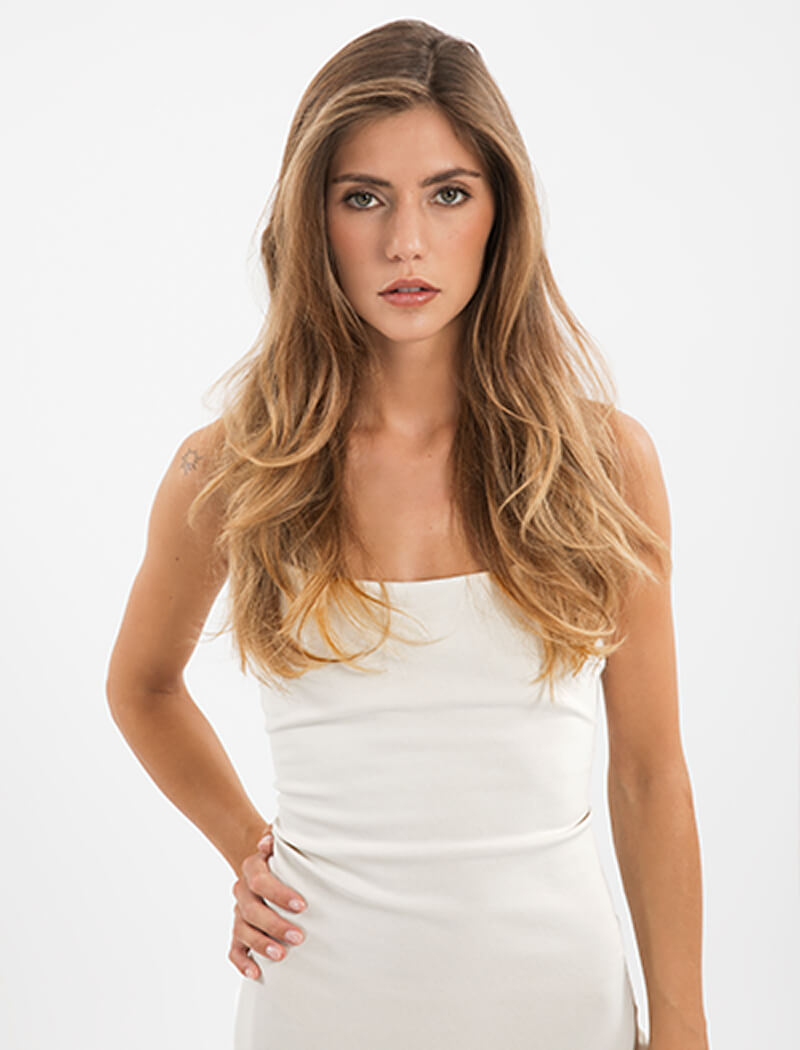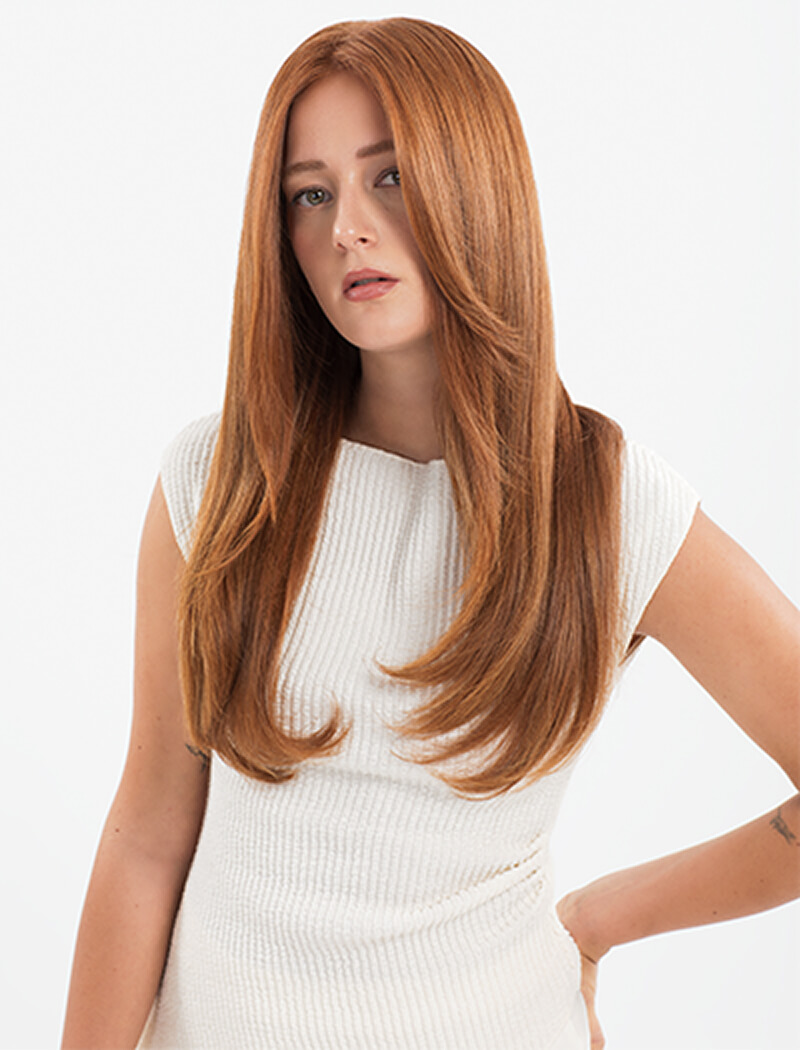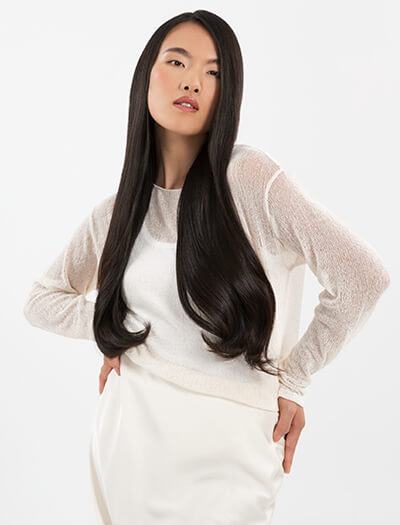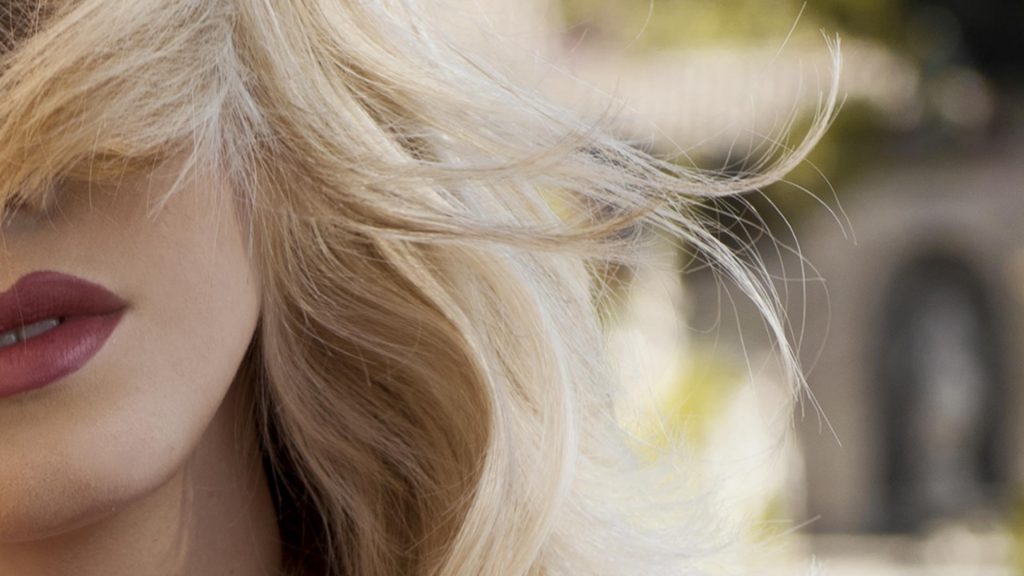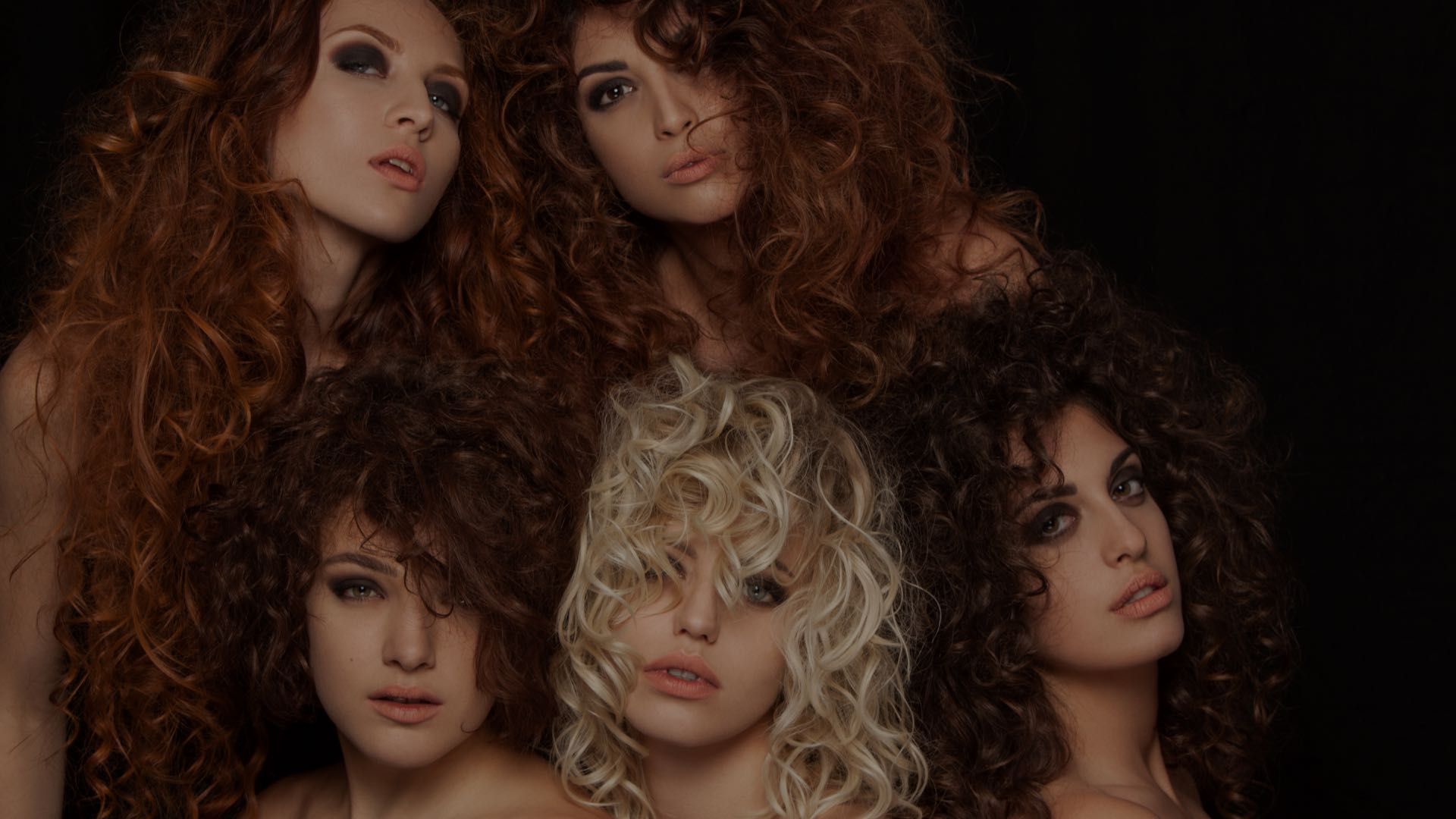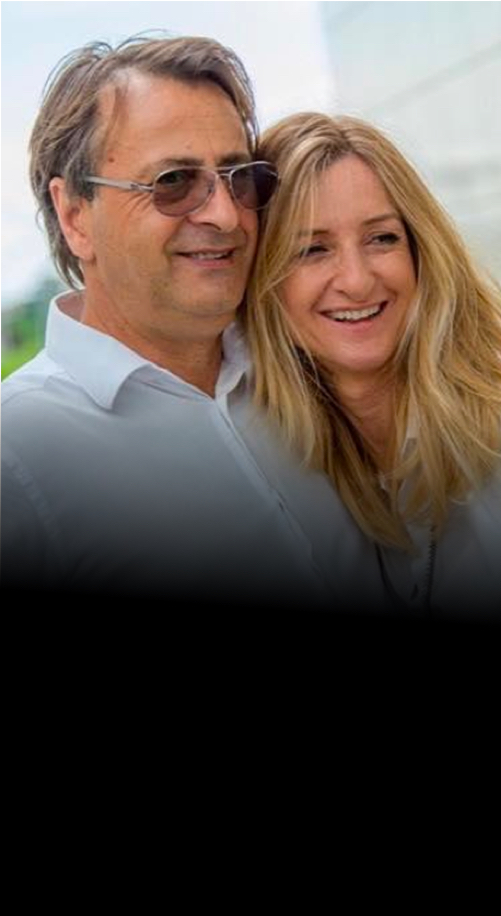Joelle Degradé is a hair coloring technique that allows to lighten, darken, give tone and cover gray hair in just one step, starting from any situation. This technique is so versatile that every woman can get the look she desires by choosing with her hairstylist the most fitting Degradé for her. In order to choose the Degradé to apply, the hairstylist always shows the client some photos of colorations already done on other women, so that she can get an idea of the actual results on a real person and not on a run-of-the-mill model.
This is a common working method for all the hair salons of Joelle group, choosing to give an image of their work which is as close as possible to the final customer. In this article we are going to discover some of the hair coloring options offered by Degradé and we will do that by using photographs of real customers of Joelle’s salons. The important thing to remember is that there is a Joelle Degradé for every woman.
Degradé colors: blonde Degradé
This is an example of blonde Joelle Degradé, starting from a dark blond base. The hair lightening is gradual and goes from the length of the hair to the tips. In this case, the hairstylist worked with very thin locks, which are almost imperceptible close to the hairline and mix with the base color, for an extremely natural lighting effect. Color shades used are warm, for an overall light blonde effect with champagne hues.

Ash blonde Degradé
In this case the Degradé is still blonde, but with a cold undertone, for an overall result that steers toward ash blonde. The base of the hair is made cooler thanks to the contrast given by the proximity between the dark color and the light color, while the locks and the tips are completely lightened up. The locks, opposite to the previous example, are now thicker, and this is more noticeable in the top section of the hair, where the color contrast is more marked.

Degradé on brown hair
This one is a classic example of Joelle Degradé on brown hair. Here, the brown base has been lightened up using a light color, however with a warm tone, with bronze accents, working on very fine locks. The use of a high number of thin locks allows the hairstylist to make the hair much lighter and avoids a striped effect, favoring a final result that is much more natural and balanced.

Dark brown Degradé
The Degradé proposed in this photo is also a brown Degradé, however this time the base is dark brown. In this case, the final goal was to mellow out a very dark and cold starting color, by proximity with similar tones of color although warmer, like chocolate for instance. The hairstylist this time worked with thicker locks, which are hard to perceive in virtue of the close resemblance to the color shades employed. Therefore, the hair becomes much darker and more natural, but still brown. This kind of intervention can be very useful when the dark brown acting as starting color is not the hair’s natural color, but it is obtained through chemical coloring; this darker colors might give the hair a fake effect, like lacquer, while on the other hand, Joelle Degradé allows to obtain a much more natural effect.

Dark brown Degradé with caramel hues
The goal of this Degradé was to lighten the hair without upsetting the natural character of the locks, which is in this case a very dark brown, almost black. In order to do that, the hairstylist worked with very thin locks, homogenously distributed all over the hair, while maintaining a prevailing amount of base color. The result is a delicate hair lightening, which provides the head a lot of light, and it doesn’t alter the character of the hair very much.

Chocolate Degradé
This Degradé has been applied on a brown base with reddish undertone. The natural color has been maintained almost all over the hair, except some highlights with red hues on the front part of the head. However, chocolate shine gloss has been applied on the color, for an extremely natural effect.


Degradé on short hair
Is it possible to apply Degradé on short hair? Of course. With some small technical precautions, even a short cut can get wonderful gradients of Joelle Degradé. Let’s see some examples.
In this case, the starting base is brown, but the final result is a very warm golden brown. Therefore there was the need to lighten up the hair as much as possible, without the issue of regrowth and with an extremely natural effect. The hairstylist lightened up the hair by coloring very thin locks, placing points of light all over the hair, while he picked up thicker locks to apply intermediate shade colors, in order to make the effect more natural. Since the hair is short, there is less space for the lighting gradient, therefore the color has been applied starting very close to the hair roots.

In this case also, the hairstylist worked with very limited length to lighten up and therefore he preferred to play with various hair proportions, instead of lengths. As you might notice from the photo, the lightening, which has been made by using very thin locks, is concentrated on the front part of the head, while the nape has been left with a more natural shade.


This Degradé, still applied on short hair, is based on the juxtaposition of very similar color nuances. The colored locks are thicker, however, thanks to the juxtaposition of very similar colors and there is no striped effect. The starting base is brown and the hair has been lightened up by alternating hazel hues with dark brown hues, with some points of light on the front part of the head and on the tips.

This Degradé, on the other hand, is based on the marked color contrast between the hair base and total lightening of length and tips. There was the need to make a dark head blonde by working on a limited length, therefore it was necessary to create contrast starting from the base of the hair, and then lightening up the hair and tips in a more pronounced way.

Degradé on curly hair
This Degradé was made on natural curly hair with a brown base. In this case, the hairstylist left a good portion of uncolored hair, therefore preserving the natural color, then he made a very gradual lightening on length and tips. To make the gradient more pronounced, thicker locks has been colored; if thinner locks had been chosen, the optical effect would have been almost monochromatic.

In this case, the Degradé has been applied using mahogany and auburn hues. The nuances selected are very similar and have been applied on thick locks. The similarity between color nuances makes difficult to perceive the presence of the various applications, however result is still very dynamic. In this Degradé, mahogany loses its predictable connotation and gives life to an overall result that is full of personality.

Red Degradé
Red is a highly impactful color from a visual perspective, and it gives the hair a lot of character and personality. Let’s see how Degradé can enhance this extraordinary color.
Auburn red Degradé
This Degradé has been applied by coloring very wide locks, therefore minimizing the contrast at the base thanks to the juxtaposition of very similar nuances, and applying a more marked contrast on length and tips, using more distant colors. The final result is very peculiar and delicate, thanks to the presence of a red color with a pinkish undertone both on length and tips.

Orangey red Degradé
In this case, the red shades used are much more toward an orangey undertone. In this Degradé, the length has been kept auburn, while length and tips are much lighter, for a highly impactful overall effect.

With Joelle Degradé, if you can imagine it, you can do it
We have seen how Degradé can be applied starting from any kind of color and any type of hair. There is no limit to the results that can be obtained using this extraordinary hair coloring technique.
Thanks to Degradé, we can reinterpret any trends in the field of hair coloring, even for peculiar colors such as purple or pastel colors, which are the current fashion trend. Such strong colors can be applied over the hair with great style and elegance, by taking advantage of the countless possibilities offered by Degradé.
